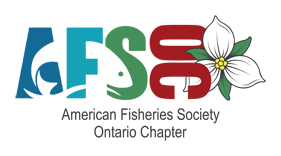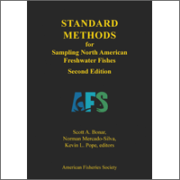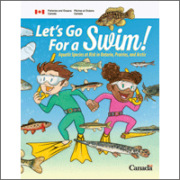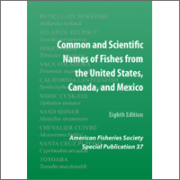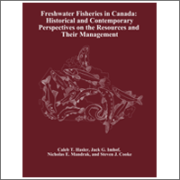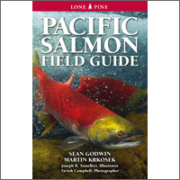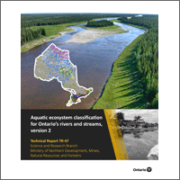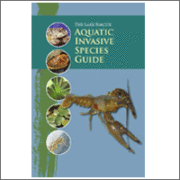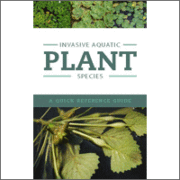All Too Clear: Beneath the Surface of the Great Lakes
All Too Clear uses cutting-edge underwater drones to explore how quadrillions of tiny invasive mussels are re-engineering the ecosystem of North America’s Great Lakes at a scale not seen since the glaciers. The mussels are trapping nutrients, the building blocks of life, on the lake bottom. Without nutrients, organisms of all kinds – from the tiniest plankton to the largest fish – are vanishing, creating vast biological deserts. While the consequences for nature and people are severe, the loss of life has had an extraordinary side effect: it’s made the lakes far clearer than they’ve ever been before. We’ve harnessed this newfound clarity to capture animal behaviours and freshwater environments that have never been filmed before.
All 3 “All Too Clear” episodes are now streaming Canada-wide on TVO Today Docs.
